Known for his unparalleled comic timing and expressive facial contortions, Govardhan Asrani’s ability to infuse everyday characters with wit and relatability withstood the test of time. Versatility was his middle name as he transcended the typical sidekick stereotype to become perfect foil for the lead character, blending slapstick with subtle satire and dramatic depth. Be it Rajesh Khanna, Amitabh Bachchan or Jeetendra, Asrani played a definitive role in the myth making of several matinee idols of the 1970s and 1980s.
Born in a Sindhi family in Jaipur on January 1 1941, Asrani was not interested in the warp or weft of the carpet business of his father and wanted to stitch dreams on proscenium. Finding his footing at the All India Radio, he enrolled himself at Film And Television Institute of India, where Roshan Taneja honed him and Hrishikesh Mukherjee saw in him a character that can add charm to his common man’s cinema.
Taking the comic baton from Johnny Walker, Gope and Agha, he carved his own niche when Mehmood was on top and became the quintessential Bollywood comedian appearing in more than 400 films. A director’s favourite, whose name on bills guaranteed footfalls at the box office, Asrani’s work not only entertained generations but also influenced the evolution of comic roles in Hindi cinema.
His genius lay in turning brief appearances into memorable moments. Combining physical comedy with sharp dialogue delivery, his most popular performance is the bumbling jailor, a parody of Adolf Hitler and misplaced sense of power, in Sholay. In Asrani’s accented Hindi, the single screen sequence becomes a popular culture staple that hasn’t lost its charm even 50 years after it first cracked up the audience.
However, there was much more to him than just a purveyor of buffoonery. A dynamic presence in Hrishikesh Mukherjee and Gulzar’s movies, with his wide-eyed innocence and goofy smiles, Asrani made even stock characters come alive with his infectious energy.
In Namak Haram, as Dhondudas, he brings light-heartedness to the serious theme of class conflict and betrayal but at the same time humanises the working class. Similarly, the music loving Babbu in Bawarchi, the tragic figure in Guddi, the manager in Abhiman or the film director in Sabse Bada Sukh, in Hrishi da’s cinema, Asrani was much more than a comic relief.
Here he got to sing songs, sway to the beats and often provided the social commentary on which the lead characters built on. In Satyakam, when he lip syncs to the existential parable “Zindagi Hai Kya”, he not only provides a masterclass in face contortion, he conveys the crux of the film. Similarly, in Basu Chatterjee’s Piya Ka Ghar, his rapid-fire dialogue delivery and childlike glee made his character Ramu memorable.
The malleability of facial expression was his forte. Few remember Ritwik Ghatak’s Fear that the filmmaker made for 1964-65 batch of students at FTII. In the experimental short, Asrani is the most compelling face of the fear of the rich for the atom bomb. This restraint and ability to convey inner turmoil and angst without exaggeration was on display in Gulzar’s Mere Apne. Parichay and Koshish.
When typecast as a supporting actor, Asrani tried to break the mould with suspense drama Aarop where critics appreciated his intense performance. He went on to direct himself in Chala Murari Hero Banne, the story of an aspiring actor facing exploitation. Part autobiographical, the film was appreciated for its ambition. Despite limited box office success, Asrani followed it up with Hum Nahin Sudharenge, literally telling the world that he won’t give up in his pursuit to swim against the tide. In the 1990s, he donned the director’s hat again to add some meaning to Bollywood romance with Jackie Shroff and Divya Bharti-starrer Dil Hi To Hai. He followed it with Udaan where he directed Rekha in a story about corruption and injustice.
All along, he shone in Gujarati cinema as well with leads roles in hits such as Amdavad No Rikshawalo, Saat Qaidi, Sansar Chakra, Pankhi No Malo and Mota Ghar Ni Vahu.
In 1988, he returned to his alma mater and as the principal of FTII helped shape its curriculum and teaching methods and remained a guiding light for a generation of actors.
As a performer he aged well and kept returning to turnstiles after brief periods of lull. When Jeetendra led the remake rage in the 1980s, Asrani moulded himself for the loud social comedies. In 2003, when Amitabh Bachchan made strong comeback with Baghban, Asrani was his emotional foil again. With Priyadarshan and David Dhawan, he impressed a new generation of audience with his comic timing and rekindled his love for theatre with an adaptation for Moliere’s The Miser. When Ayushmaan Khurana claimed everyman’s image, Asrani was still around in Dream Girl 2. He recently donned the black coat for the second season of court room drama The Trial. With Priyadarshan’s Bhoot Bangla on the floors, the master comedian has taken the flight to ether with his acting shoes on.

 10 hours ago
1
10 hours ago
1

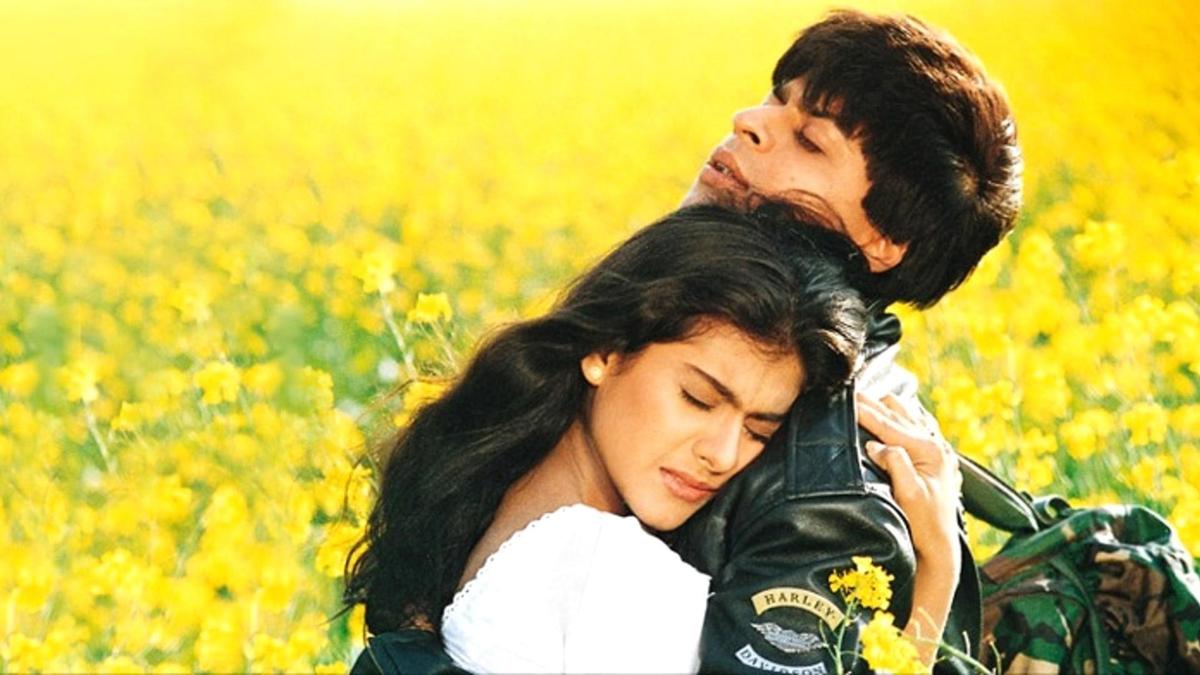
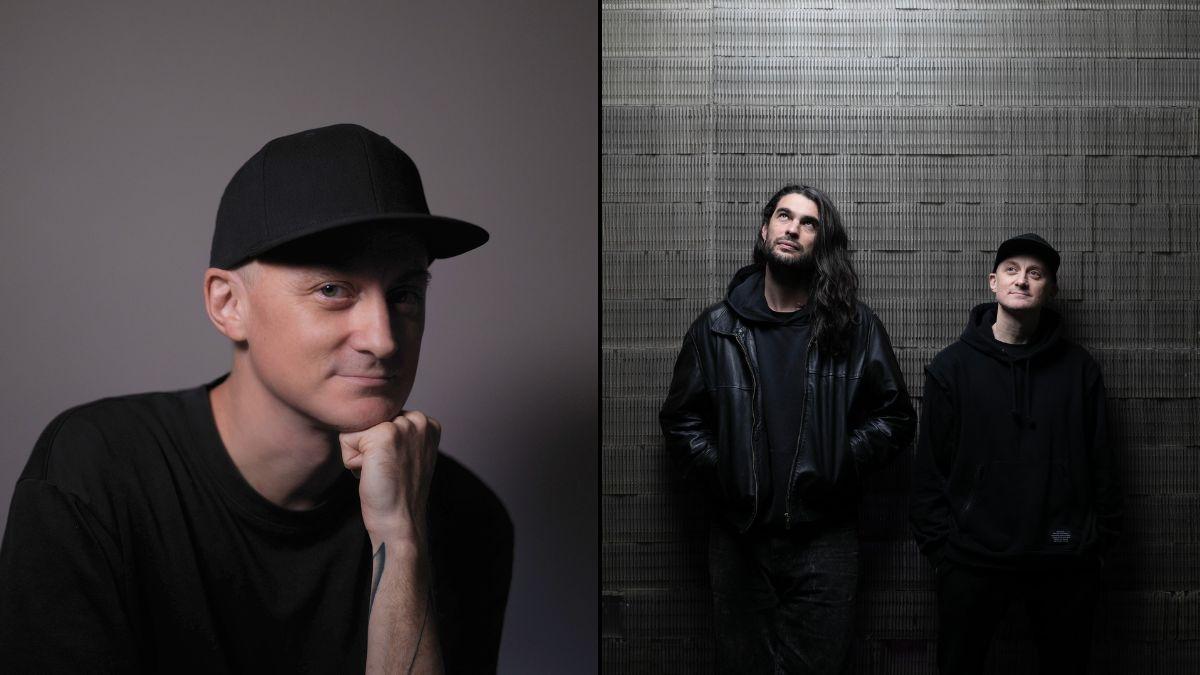




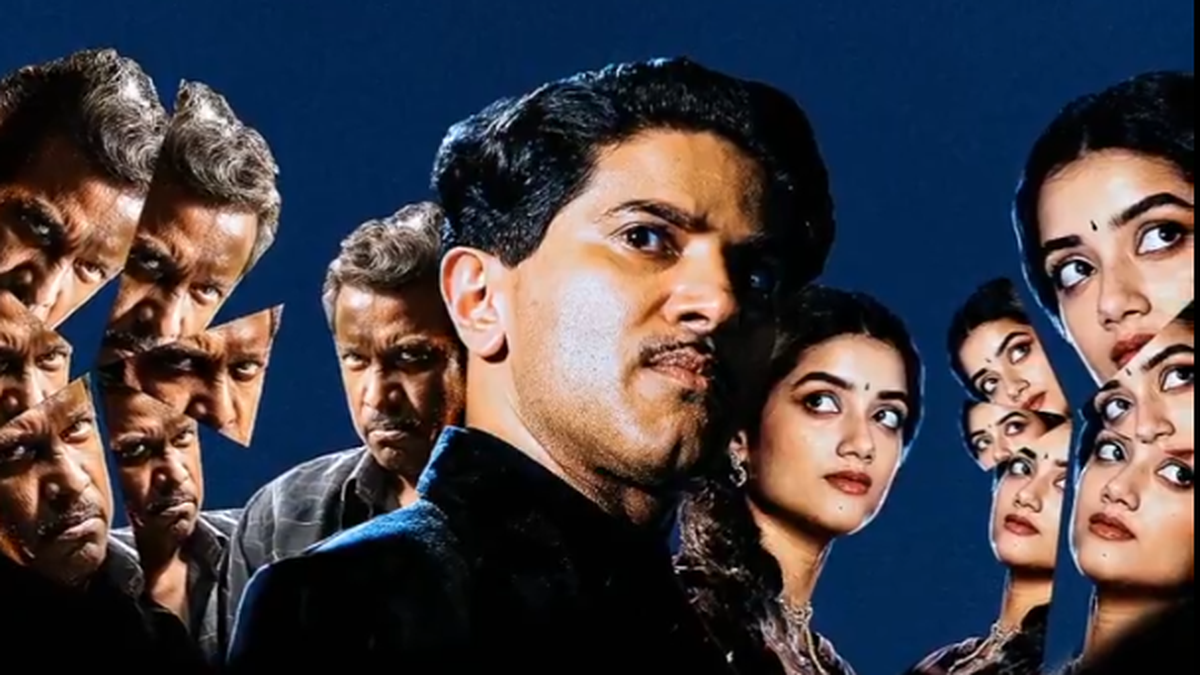



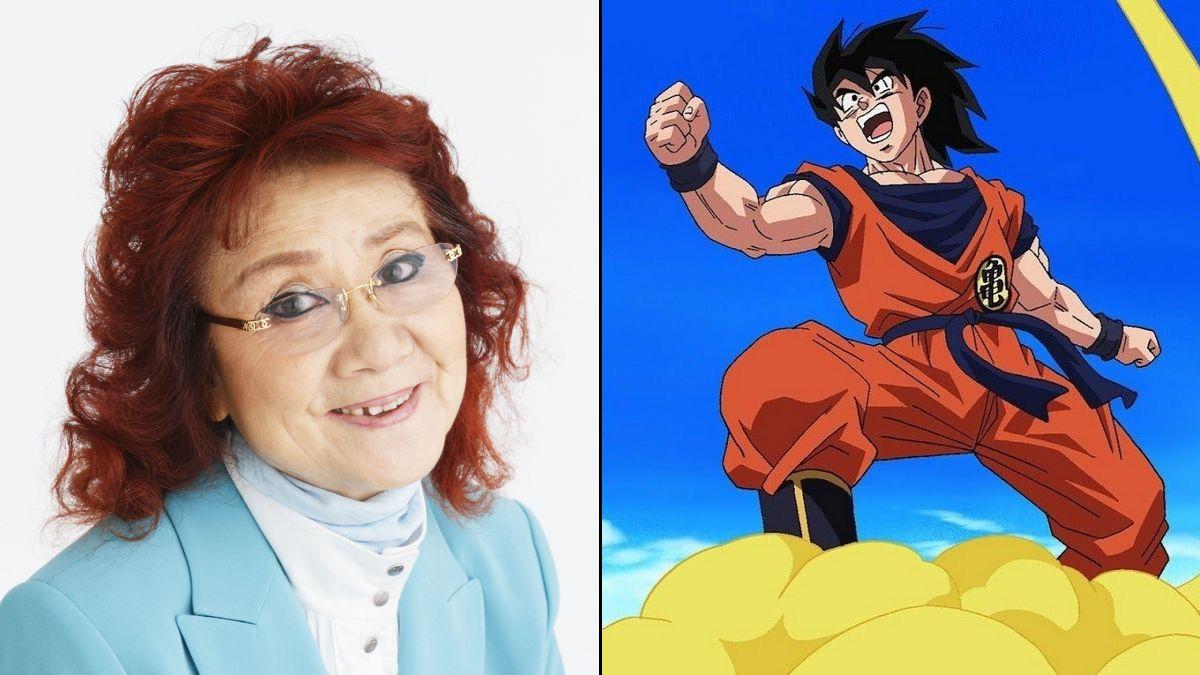


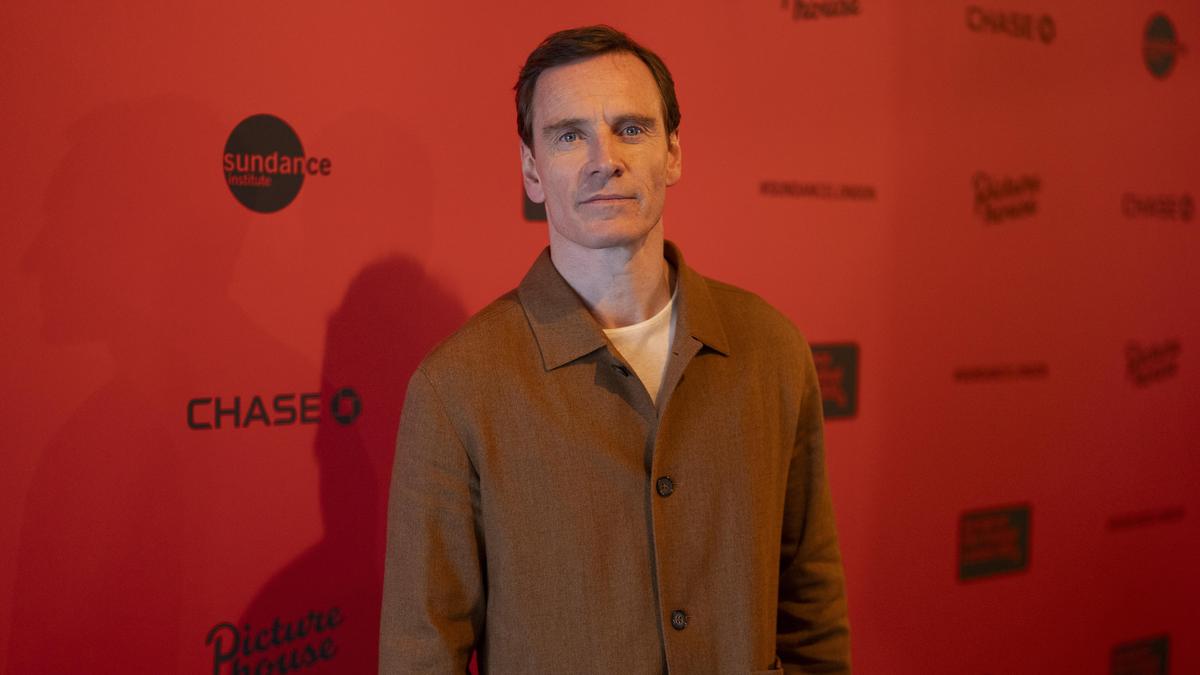





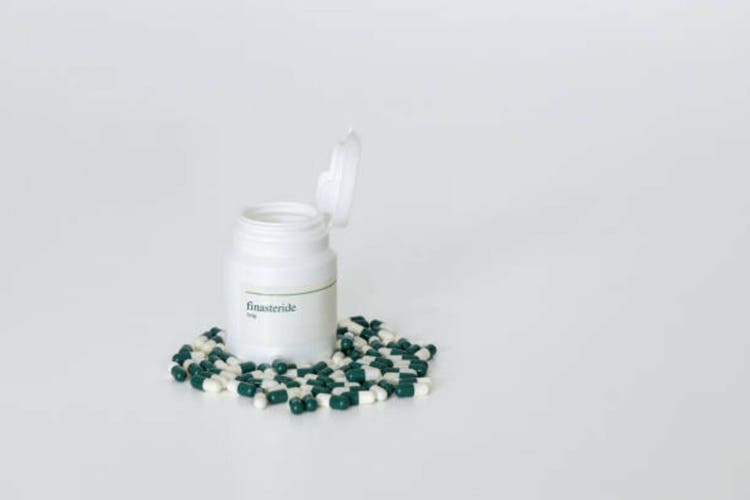
 English (US) ·
English (US) ·